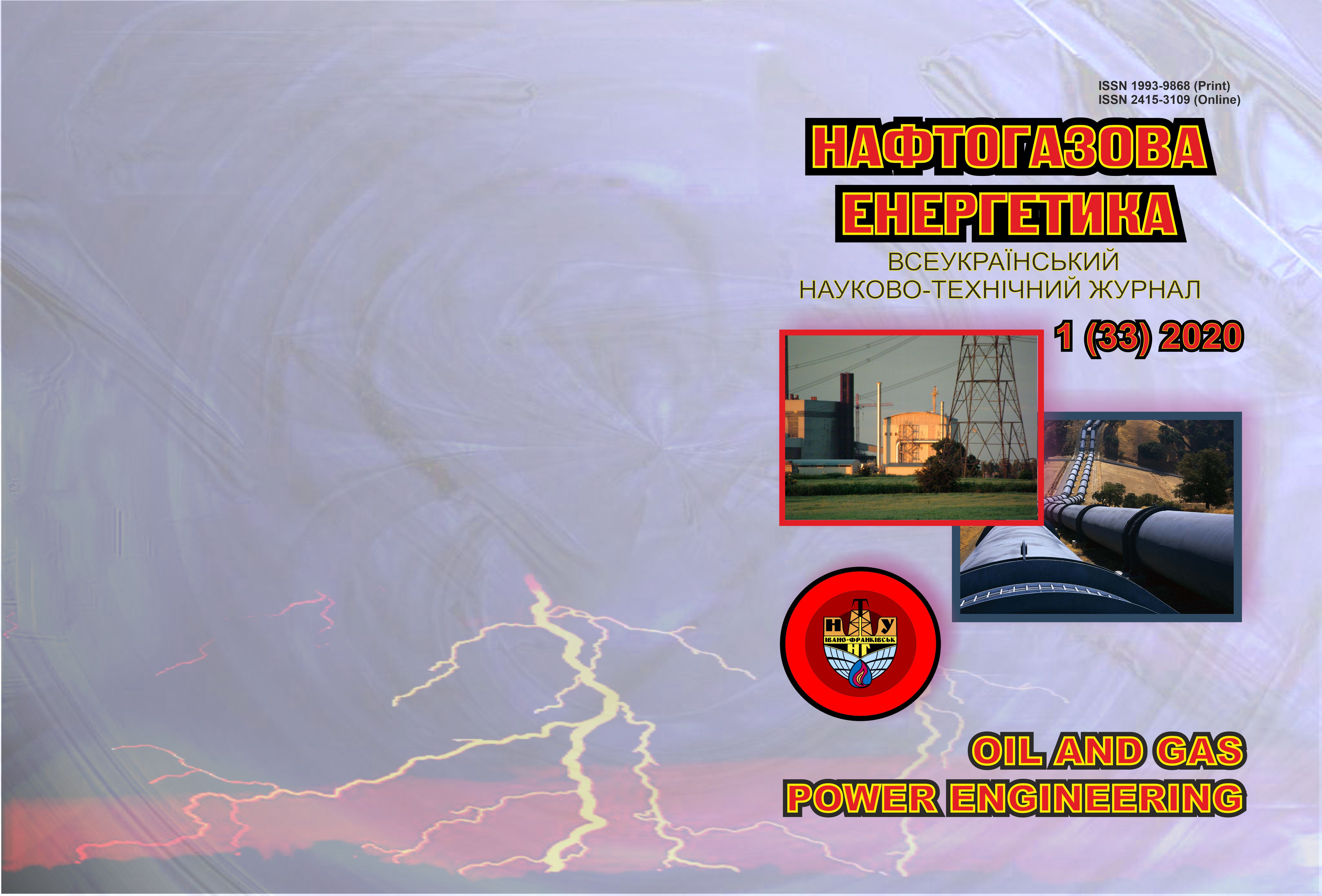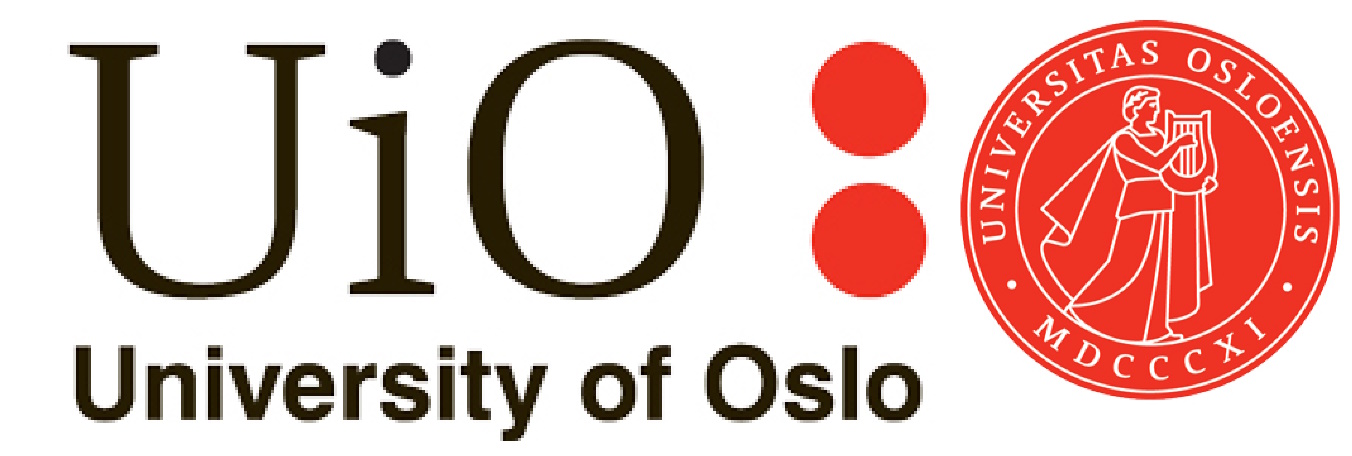Analysis of composition and dispersion of fuel emulsions
DOI:
https://doi.org/10.31471/1993-9868-2020-1(33)-124-131Keywords:
energy, fuel oil, emulsion, fuel, raw materials, burning, combustion process, watercutAbstract
The development of the economy of the state, as well as industrial enterprises, leads to an increase in demand for all types of energy carriers. This is characterized by the constant search and exploration of new progressive types of energy and sources of raw materials, especially for thermal power plant TPPs, CHPs and utilities, which use liquid fuel - usually fuel oil - to operate. For such enterprises, stable and timely supply of fuel raw materials, improvement of methods of its combustion, reduction in the cost of obtaining energy, etc. are relevant. Existing heavy hydrocarbon combustion technologies are of poor quality and it is therefore advisable to develop new ones or to optimize existing ones. This will reduce energy costs for technological preparatory operations for the de-watering of fuels, reduce the amount of polluted water reservoirs, and minimize their harmful effects on the envi-ronment. One of the most promising areas for combustion of heavy water hydrocarbons is the use of water emulsion fuels (WEF). The stability and efficiency of combustion of such a fuel emulsion will greatly depend on the amount and dispersion of water in the WEF. Today, such emulsification technologies and WEF parameters are not yet well understood and are therefore of great scientific and practical importance. The analysis of the theories describing the effect of dispersion and the amount of water in the emulsion on the combustion indices shows that they are contradictory. This can be due to the different physical characteristics of the fuel: composition, viscosity, temperature, etc., which has led to different results. Since studies by different authors were conducted under dif-ferent conditions, modes, equipment and with different fuel emulsions, it is not possible to indicate the optimum value of dispersion and amount of water. Obviously, in each case there will be a different optimal "surface" of the ratio of the size of the droplets of water and its number in the WEF. Future experimental and theoretical studies on the combustion of WEF should focus on the water content range of 3-30% and the dispersion of 1-35 microns.
Downloads
References
https://zakon.rada.gov.ua/laws/show/927-2013-%D0%BF
https://zakon.rada.gov.ua/laws/show/927-2013-%D0%BF#n155
Gridin S.V., Hohlova A.L. Otsenka ekologo-ekonomicheskogo effekta ot ispol-zovaniya ispolzovaniya v kachestve topliva vodomazutnoy emulsii, prigotovlennoy iz mazutosoderzhaschih othodov. Promyishlennaya teplotehnika. 2010. No 3. P. 59-63. [in Russian]
DSTU 4058-2001 Derzhavniy standart Ukrainy. Palivo naftove. Mazut. Tehnichni umovy. [in Ukrainian]
Ivanov V. M. Toplivnyie emulsii. M.: Izd-vo AN SSSR, 1962. P. 407. [in Russian]
Sergeeva Yu.N. Gorbunov A.D. Chernichenko V.E. «Sostoyanie problemyi polucheniya i szhiganiya kotelnogo topliva na osnove vodomazutnoy emulsii». URL: http://pdaa.com.ua/np/pdf/25.pdf [in Russian].
Kraynov V.V. avtoreferat disertatsii Uluchshenie energoekologicheskih pokazateley kotelnyih ustanovok predpriyatiy zheleznodorozhnogo transporta szhiganiem vodomazutnyih emulsiy. Omsk 2000. 21 p. [in Russian]
Tuv I.A. Szhiganie obvodnennyih mazutov v sudovyih kotlah. L.: Sudostroenie, 1968. P. 314. [in Russian]
Sigal I. Ya. Zaschita vozdushnogo basseyna pri szhiganii topliva. L.: Nedra, 1988, 312 p. [in Russian]
Abramov A. K. Povyishenie effektivnosti stalnyih otopitelnyih kotlov maloy moschnosti pri szhiganii gazoobraznogo i zhidkogo topliva: dis... kand. tehn. nauk. L., 1983. 162 p. [in Russian]
Rapiovets L. S. Issledovanie protsessa polucheniya i svoystv toplivnyih emulsiy iz obvodnennyih torfyanyih smol, mazutov i dr. primenitelno k ih szhiganiyu: dis... kand. tehn. nauk. M. 1960. 147 p. [in Russian]
Meboldt H. Probleme der Luftreinhal-tung im Hindblick auf die Emmission Gasfor-miger Schadstoffe bes Verbrennung-Sprossen. Fernwarme Int. 1974, 3 , No1. P. 18-25.
Sommerland R.E., Welden R.P., Rai R.H. Nitrogen oxides emission: an analytical evaluation of test data. Proc. Of the American power confe-rence, 1971. V. 33, P. 631–638.
Dibelius N. R., Hilt M. B., Johnson R. H. Reduction of nitrogen oxides from gas turbins by steam injection. Pap. Of the ASME, 1971, No 58, P.76–82.
Tsirulnikov L. M. Podavlenie toksichnyih produktov sgoraniya prirodnogo gaza i mazuta v kotelnyih agregatah. Nauchno-tehnicheskiy obzor. M.: VNIIEgazprom, 1977. 60 p. [in Russian]
Adamov V. A. Szhiganie mazuta v topkah kotlov. L.: Nedra, 1989. 304 p. [in Russian]
Koryagin V.A. i dr. Issledovanie soderzhaniya vrednyih veschestv v produktah sgoraniya VTE. Promyishlennaya energetika. 1988. No4. C.45-48. [in Russian]
Koryagin V.A. avtoref. doktora «Szhiganie vodotoplivnyih emulsiy i snizhenee vrednyih vyibrosov na promyishlenno-otopitelnyih kotelnyih», Sankt-Peterburg, 1998. [in Russian]
Morozova E. A. Razrabotka i issledovanie tehnologii emulgirovaniya mazuta s tselyu optimizatsii rezhimov goreniya v topke dlya povyisheniya nadezhnosti, ekonomichnosti i ekologicheskoy bezopasnosti energeticheskih kotlov: diss. ... kand. tehn. nauk: 05.14.01. Moskva, 2008. 143 p. [in Russian]
Vedruchenko V.R., Kraynov V.V. Op-timizatsiya podgotovki tyazhelogo zhidkogo topliva k szhiganiyu v topkah kotelnyih i drugih toplivoszhigayuschih stanovok. Omskiy nauchnyiy vesnik. 2015. No 2. P. 144-147. [in Russian]
Shageev M.F., Yusupova T.N., Romanov G.V. and oth. Szhiganie v promyishlennyih pechah vodomazutnoy emulsii s dobavleniem prisadki Ekspozitsiya. Neft. Gaz. 2008. No 3/H (iyun). P.43-46. [in Russian]
Akimov A.V., Ageev M.S. Obespechenie ekologichnosti kotlov pri szhiganii vo-domazutnyih emulsiy.: MaterIali Respu-blIkanskoYi naukovo-praktichnoYi konfer-entsIYi SuchasnI energetichnI ustanovki na transportnI, tehnologIYi ta obladnannya dlya Yih obslugovuvannya. Pid zagalnoyu redaktsiiyu k.t.n., dotsent Nastasenka V.O. Herson: Vidavnitstvo Hersonskogo derzhavnogo morskogo Institutu, 2010. C. 5-9. [in Russian]
Otsenka intensivnosti korrozionnyih protsessov pri szhiganii vodomazutnyih emulsiy v sudovyih kotlah / Goryachkin A.V., Dikiy N.A., Trubin V.V., Mihaylenko V.N., Svinaren-ko M.A., Sokolenko A.V., Mandrovskiy V.V. Vodniy transport. 2012. Vol. 2. P. 16-22. [in Russian] URL: http://nbuv.gov.ua/UJRN/Vodt_2012_2_5.
Katin V.D., Kolesnikov O.I. Novoe ustroystvo dlya podgotovki i maloothodnogo szhiganiya vodomazutnyih emulsiy. Mezhdunarodnyi zhurnal sotsialnyh i gumanitarnyh nauk. 2016. Vol. 7. No1. P. 120-124.
Kvasnikov V. P., Osadchiy V. V. Syntez informatsiyno-vymiriuvalnoi systemy kontroliu dyspersnosti vodno-mazutnykh emulsiy. Naukovi pratsi DonNTU, 2018. Vol 130. [in Ukrainian]
Gorelik G. B. Vodotoplivnaya emulsiya – alternativnoe toplivo XXI veka: monografiya. Habarovsk: Izd-vo Tihookean. gos. un-ta, 2019. 202 p. [in Russian]


.png)






1.png)









